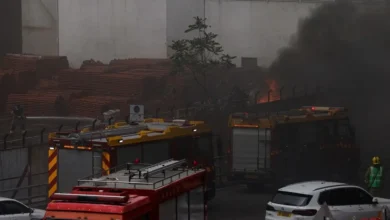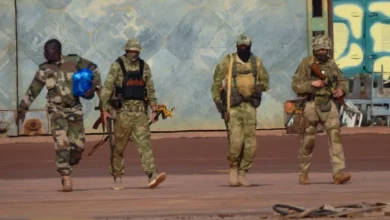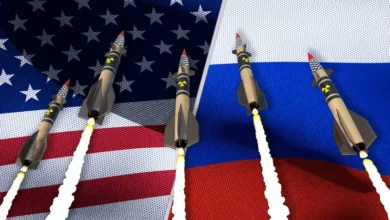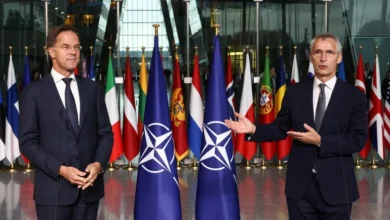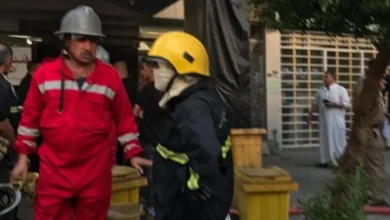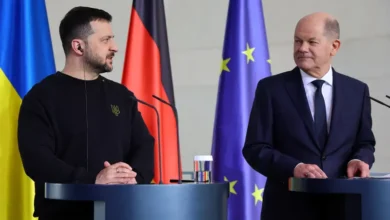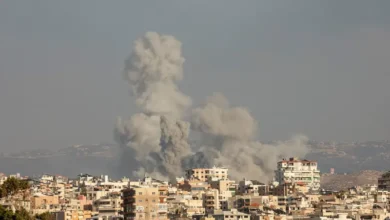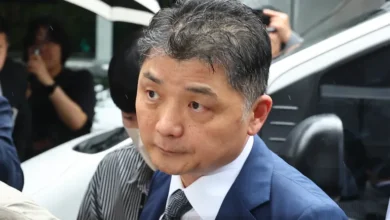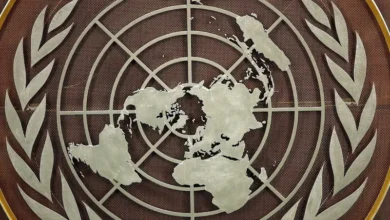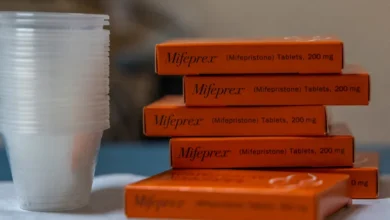New Sri Lanka mass grave discovery reopens old wounds for Tamils
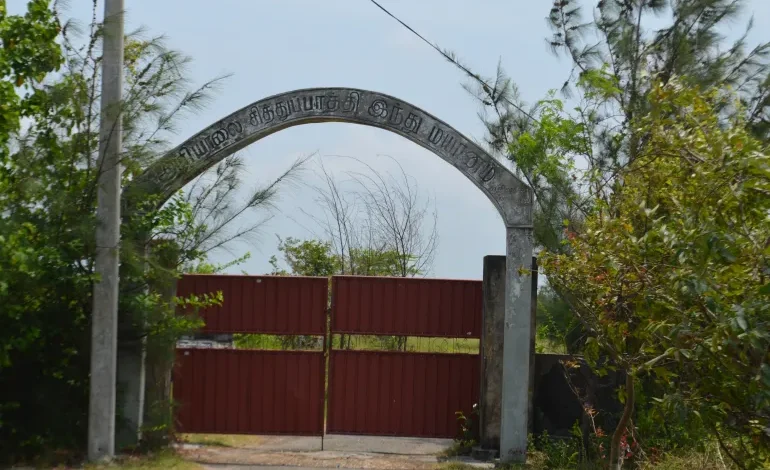
ess than 100 metres (328 ft) from a busy road, policemen stand on watch behind a pair of rust coloured gates that lead to a cemetery in the outskirts of Jaffna, the capital of Sri Lanka’s Northern Province.
The officers are guarding Sri Lanka’s most recently unearthed mass grave, which has so far led to the discovery of 19 bodies, including those of three babies.The discovery of the mass grave has reopened old wounds for Sri Lanka’s Tamil community, which suffered the worst violence of the island’s 26-year civil war between the Sri Lankan government and the Liberation Tigers of Tamil Eelam (LTTE), a group that was seeking a separate homeland for Tamils.
Many Tamils were forcibly disappeared by the state, with a 2017 report by Amnesty International estimating that between 60,000 and 100,000 people have disappeared in Sri Lanka since the late 1980s. In the final stages of the war, which ended in 2009, the Tamil community alleges that nearly 170,000 people were killed, while United Nations estimates put the figure at 40,000.
Chemmani, in particular, has gripped the public imagination for more than 25 years, since the case of Krishanthi Kumaraswamy, a schoolgirl who was gang-raped by members of the Sri Lankan Army in 1996 before being killed. Her mother, brother and family friend were also murdered and the four bodies were discovered in Chemmani in 1996.
Former Army Corporal Somaratne Rajapakse, who was found guilty of Krishanthi’s rape and murder, alleged during his trial in 1998 that between 300 and 400 people had been buried in mass graves in Chemmani. Fifteen bodies were discovered the following year based on information he provided, two of which were identified as men who had disappeared in 1996 after being arrested by the army.
